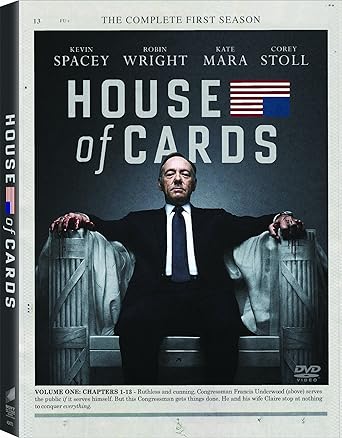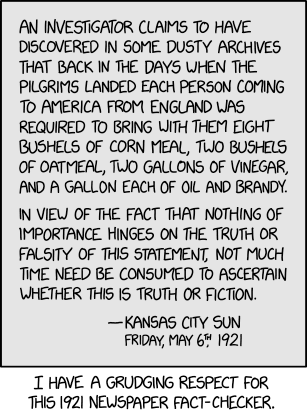Now, it's a nod followed by "look at Inglewood."
From The Root:
Similarly, in neighboring Inglewood, the same type of thing is happening. A new NFL stadium and plans for a new basketball arena for the Los Angeles Clippers have made Inglewood the new target for developers who are swooping in, buying up properties, and pushing out older residents who have lived there for years.
In some instance, as Angel Jennings reports for the Los Angeles Times, tenants have been given notice that their rents will more than doubled—although no new improvements have been made to the units they are living in. In cases where the rent is not being raised, tenants are simply being given 60-day notices to vacate the premises as new owners take over.
In a city with no rent-control or rent-stabilization laws, there is little that anyone can do to stop this from happening to residents—about 25 percent of whom are black and over the age of 55, according to the Times.
In one instance, Tomisha Pinson—who lives next door to site where the new stadium is being built for the Los Angeles Rams and Chargers—told the Times that she received notice that her $1,145 monthly rent would be increasing to $2,725 for the two-bedroom apartment she currently lives in.
...
Currently, blacks and Latinos make up 42 percent and 51 percent of Inglewood’s population, respectively. Gentrification could change all of that. Two-thirds of the city’s residents are renters, and with no rent-control laws in place to prevent what is currently happening, the city is an attractive investment to those looking to cash in on all the new entertainment construction.



